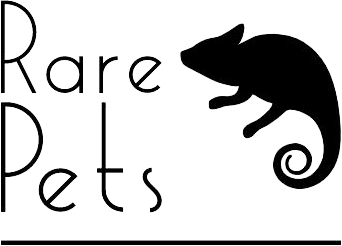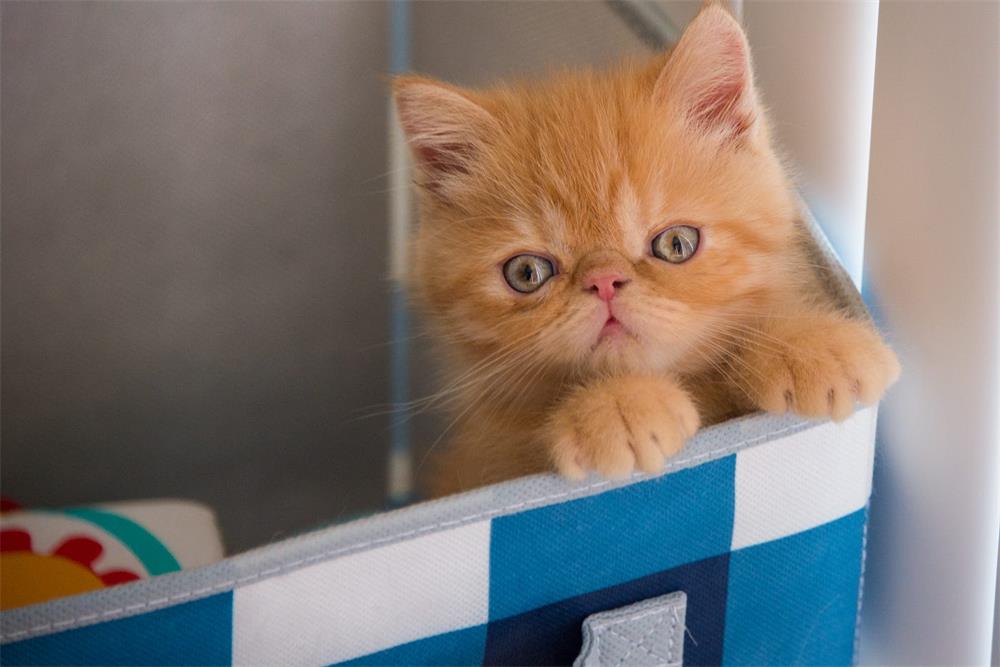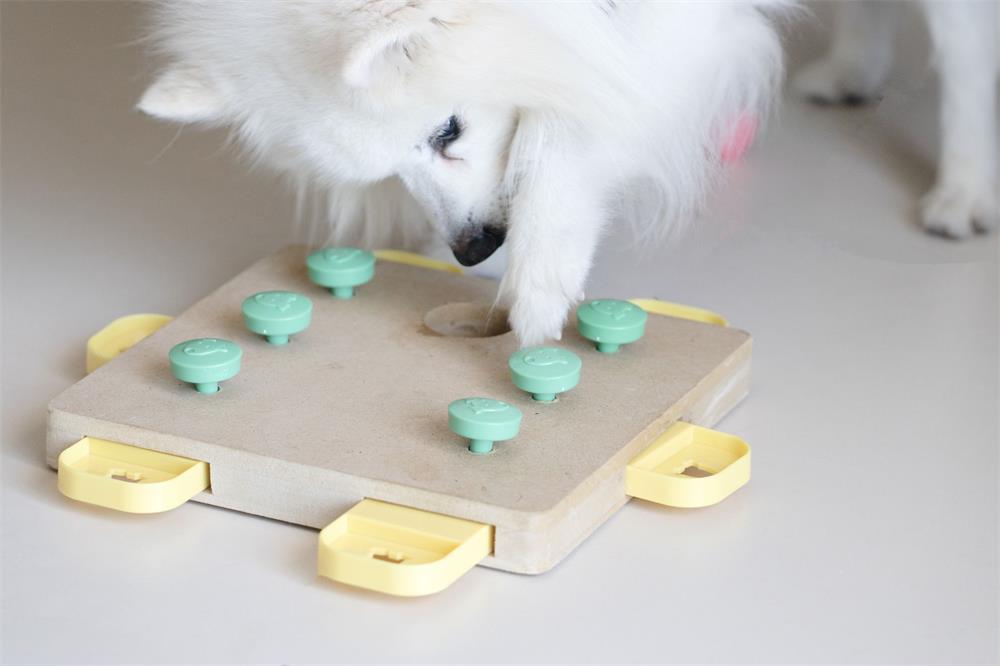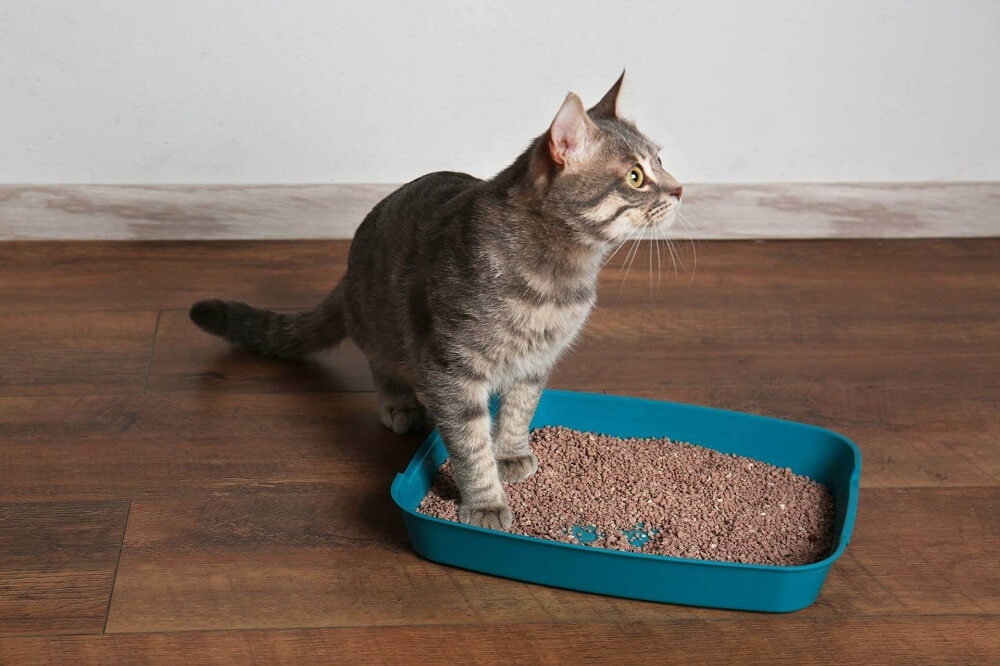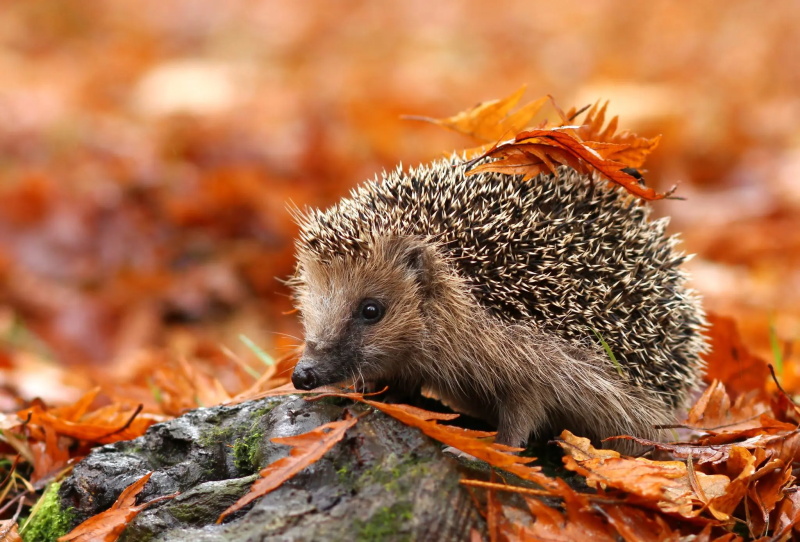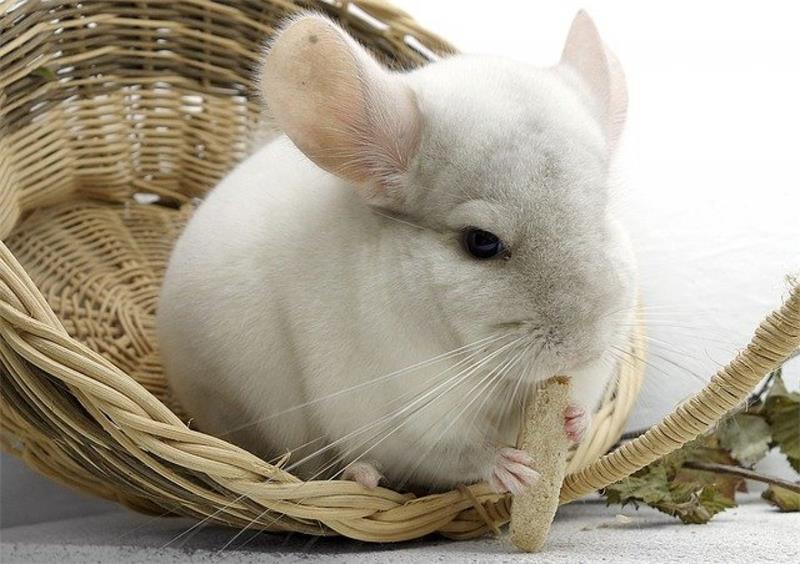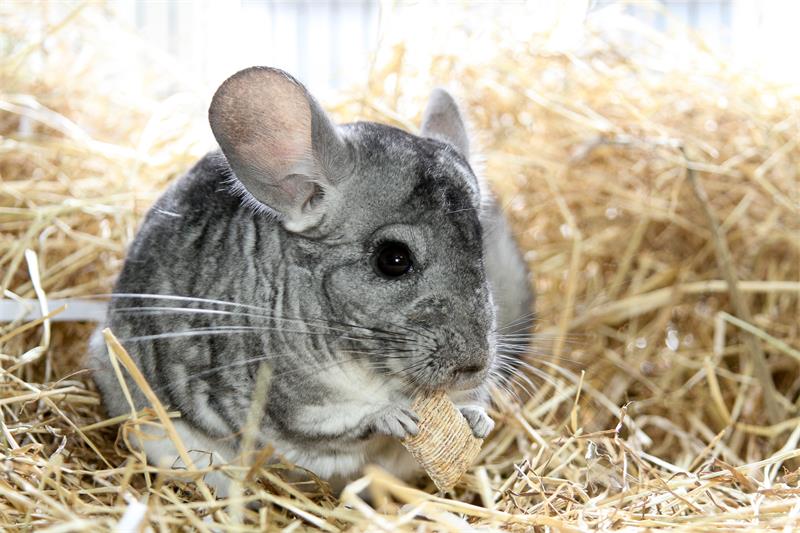A guide on what to look for when buying or adopting a chinchilla, such as signs of illness, stress or temperament.
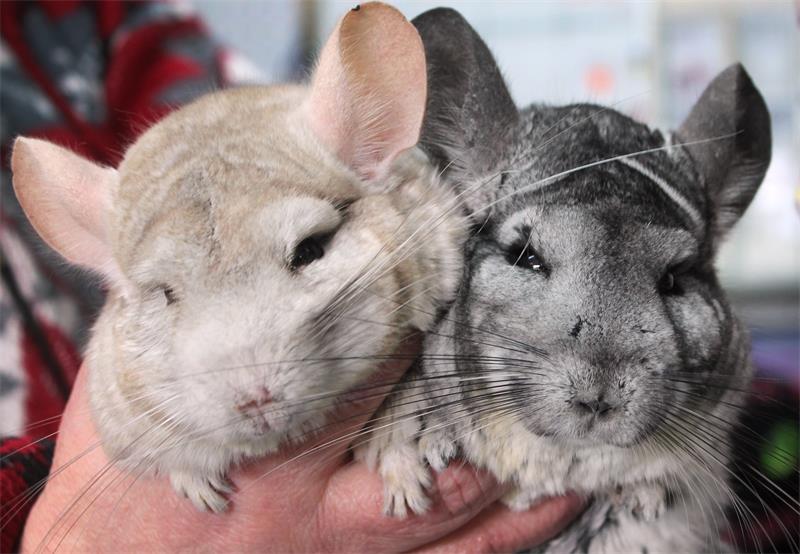
Table of Contents
Chinchillas are small rodents native to rocky, arid regions in South America. They have incredibly soft, thick, luxurious fur that protects them from the elements. They are also active, attractive, clean, playful, and quiet animals that can make wonderful pets for the right person. However, chinchillas are not the right pet for everyone. They have some specific housing, dietary, and behavioral needs that require a moderate amount of care and attention. They also need gentle and consistent handling from a young age to become tame and bond with their owners.
If you are interested in getting a chinchilla as a pet, you should do some research before deciding on one. You should learn about the unique characteristics of chinchillas, their pros and cons as pets, their health issues and risks, and their care requirements. You should also know what to look for when buying or adopting a chinchilla, such as signs of illness, stress, or temperament. In this article, we will provide you with a comprehensive guide on how to choose a healthy chinchilla as a pet.
Why choose a chinchilla as a pet?
Chinchillas have many appealing qualities that make them good pets for some people. Here are some of the reasons why you might want to choose a chinchilla as a pet:
- They are cute and cuddly. Chinchillas have round ears, big eyes, bushy tails, and adorable faces that make them very attractive. Their fur is also incredibly soft and dense, making them feel like plush toys when you hold them. However, not all chinchillas like to be held and cuddled. Some may prefer to explore or climb on you rather than being restrained. You should respect your chinchilla’s preferences and personality when interacting with them.
- They are clean and odorless. Chinchillas groom themselves regularly and do not produce much odor. They also do not need to be bathed in water, as this can damage their fur and cause skin problems. Instead, they need regular dust baths to keep their fur in good condition. Dust baths are containers filled with fine volcanic ash or commercial chinchilla dust that chinchillas roll around in to remove dirt and oil from their fur. Chinchillas enjoy having dust baths and it is fun to watch them do it.
- They are intelligent and playful. Chinchillas are curious and active animals that need mental and physical stimulation to prevent boredom and depression. They can learn simple commands and tricks with positive reinforcement training. They also like to play with toys such as chew toys, tunnels, balls, wheels, hammocks, etc. You should provide your chinchilla with a variety of toys and rotate them regularly to keep them interested. You should also spend some time every day playing with your chinchilla outside their cage in a safe and secure area.
- They are quiet and nocturnal. Chinchillas are mostly quiet animals that make soft sounds such as chirps, squeaks, barks, or grunts to communicate with each other or with you. They are not likely to disturb your neighbors or other household members with loud noises. Chinchillas are also nocturnal or crepuscular animals, which means they are most active at night or during dawn and dusk. This can be convenient for people who work during the day or who prefer pets that do not need much attention during the day.
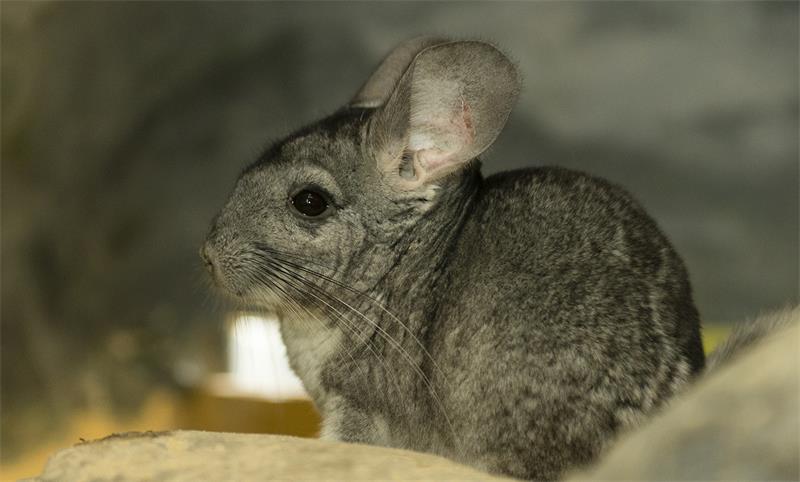
What are the challenges of owning a chinchilla?
Chinchillas also have some drawbacks that make them challenging pets for some people. Here are some of the difficulties you might face when owning a chinchilla:
- They have specific environmental needs. Chinchillas need a large, roomy cage with multiple levels, platforms, ramps, perches, hiding places, etc. The cage should be at least 4 feet by 4 feet by 3 feet in size, but the larger the better. The cage should also have a solid floor or a wire mesh floor covered with bedding such as wood shavings or paper pellets to prevent foot injuries. The cage should be placed in a quiet area away from direct sunlight, drafts, heat sources, humidity sources, etc. The temperature should be kept between 65°F and 80°F, as chinchillas can suffer from heat stroke or hypothermia. The humidity should be kept below 50%, as chinchillas can develop fungal infections or respiratory problems in damp conditions. The cage should also be cleaned regularly to prevent odors and diseases.
- They have specific dietary needs. Chinchillas need a high-fiber, low-fat, low-sugar diet to stay healthy. Their digestive system is designed for foods that are very high in fiber, such as grass and hay. Hay should make up at least 75% of their diet and should be available at all times. Chinchillas also need good-quality pellet food that is specially formulated for chinchillas. Pellets should make up no more than 25% of their diet and should be offered in limited amounts daily. Chinchillas should not be fed fruits, vegetables, nuts, seeds, or other treats that are high in sugar or fat, as these can cause serious digestive upsets and health problems. Treats should be used sparingly and only as a reward for training or bonding. Chinchillas also need fresh, clean water available at all times in a water bottle or a heavy ceramic bowl.
- They have specific behavioral needs. Chinchillas are social animals that need companionship and interaction to prevent loneliness and boredom. Chinchillas can be kept singly, but they will usually do better in same-sex pairs or groups, especially if they are littermates or introduced at a young age. However, chinchillas can also be territorial and aggressive towards each other, especially if they are not neutered or spayed. You should monitor your chinchillas for any signs of fighting or bullying and separate them if necessary. You should also provide each chinchilla with its own food bowl, water bottle, dust bath, hiding place, etc. to prevent competition and stress. Chinchillas also need human interaction and attention to bond with their owners and become tame. You should handle your chinchilla gently and consistently from a young age to gain its trust and affection. You should also spend some time every day playing with your chinchilla outside its cage in a safe and secure area.
- They have specific health needs. Chinchillas are prone to several health problems that can affect their quality of life and lifespan. Some of the common health problems that affect chinchillas include:
- Heat stroke: Chinchillas can overheat easily due to their thick fur and lack of sweat glands. Heat stroke can occur when the temperature exceeds 80°F or when the chinchilla is exposed to direct sunlight, drafts, humidity, stress, etc. Heat stroke can cause panting, drooling, lethargy, seizures, coma, or death. Heat stroke is a medical emergency that requires immediate cooling and veterinary attention.
- Sore feet: Chinchillas can develop sores on the soles of their feet due to wire mesh floors, dirty bedding, obesity, lack of exercise, etc. Sore feet can cause lameness, infection, pain, or bleeding. Sore feet can be prevented by providing solid floors or bedding, keeping the cage clean, maintaining a healthy weight, and providing exercise opportunities.
- Broken bones: Chinchillas have fragile bones that can break easily due to falls, fights, improper handling, etc. Broken bones can cause swelling, bruising, deformity, pain, or paralysis. Broken bones are treated with splints or surgery depending on the severity and location of the fracture.
- Fur problems: Chinchillas can suffer from various fur problems such as fungal infections (ringworm), fur chewing (barbering), hair loss (alopecia), or penile hair ring (in males). Fungal infections can cause scaly patches on the skin or fur loss around the eyes, ears, nose, or mouth. Fur chewing is a behavioral problem that causes chinchillas to chew off their own fur or their cage mates’ fur. Hair loss can be caused by various factors such as stress, hormonal imbalance, parasites, etc. Penile hair ring is a condition in which the fur becomes wrapped around the base of the penis in a ring, causing irritation or constriction of the penis. Fur problems can be treated with antifungal medications, dust baths, stress reduction, grooming, or surgery depending on the cause and severity of the problem.
- Respiratory problems: Chinchillas can develop respiratory problems such as pneumonia, bronchitis, or sinusitis due to bacterial or viral infections, allergies, dust, mold, humidity, etc. Respiratory problems can cause sneezing, coughing, wheezing, nasal or eye discharge, difficulty breathing, lack of appetite, lethargy, etc. Respiratory problems are treated with antibiotics, anti-inflammatory drugs, nebulization, fluid therapy, etc. depending on the cause and severity of the problem.
- Digestive problems: Chinchillas can suffer from various digestive problems such as gastrointestinal stasis (GI stasis), bloat, diarrhea, constipation, rectal prolapse, etc. due to inappropriate diet, stress, dehydration, dental problems, parasites, etc. Digestive problems can cause abdominal pain or distension, gas, reduced or absent fecal output, wet or dry feces, blood or mucus in feces, straining to defecate, protrusion of rectum from anus (rectal prolapse), etc. Digestive problems are treated with fluid therapy, motility drugs, painkillers, probiotics, etc. depending on the cause and severity of the problem.
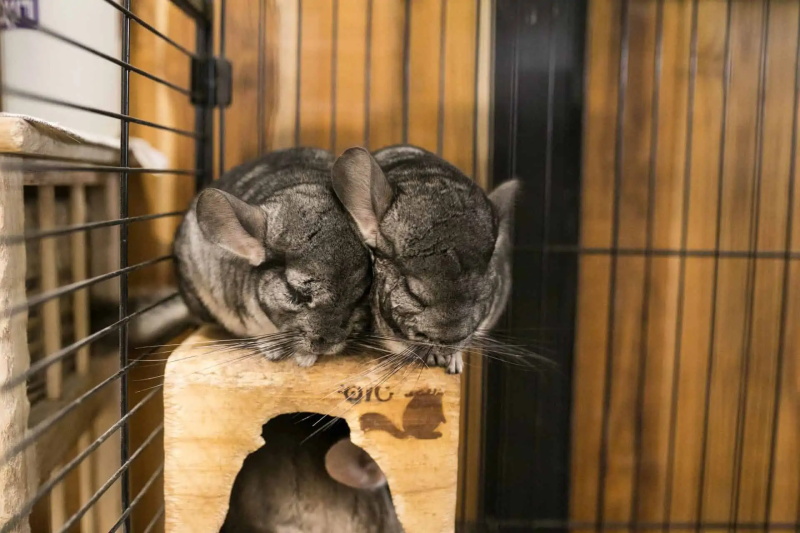
How to choose a healthy chinchilla as a pet?
If you have decided that a chinchilla is the right pet for you, you should look for a healthy and well-socialized chinchilla from a reputable source. You can buy a chinchilla from a pet store or a breeder, or you can adopt a chinchilla from a rescue or a shelter. There are pros and cons to each option, so you should do some research and compare different sources before making your choice. Here are some tips on how to choose a healthy chinchilla as a pet:
- Ask questions: Whether you are buying or adopting a chinchilla, you should ask questions about the chinchilla’s history, health, temperament, diet, housing, etc. You should also ask for references or reviews from previous customers or adapters. You should avoid sources that are unwilling or unable to answer your questions or provide you with reliable information.
- Check the environment: You should visit the place where the chinchilla is kept and observe the conditions of the cage, the bedding, the food, the water, the toys, etc. You should look for signs of cleanliness, spaciousness, safety, and enrichment. You should also check the temperature and humidity levels of the room and make sure they are suitable for chinchillas. You should avoid sources that keep chinchillas in overcrowded, dirty, hot, humid, or stressful environments.
- Examine the chinchilla: You should inspect the chinchilla carefully and look for signs of health and well-being. You should check the following aspects:
- Fur: The fur should be thick, soft, shiny, and free of bald patches, mats, parasites, or wounds. The fur color should be uniform and consistent with the breed standard. The fur should not be wet or stained with urine or feces.
- Eyes: The eyes should be bright, clear, alert, and free of discharge, redness, swelling, or cloudiness. The eyes should not be sunken or bulging.
- Ears: The ears should be clean, smooth, erect, and free of wax, dirt, infections, or injuries. The ears should not be folded or drooping.
- Nose: The nose should be clean, moist, and free of discharge, crusts, or bleeding. The nose should not be dry or flaky.
- Mouth: The mouth should be clean, moist, and free of sores, ulcers, or growths. The teeth should be white, smooth, and aligned. The teeth should not be overgrown, broken, or discolored. The tongue should be pink and moist. The tongue should not be swollen or protruding.
- Body: The body should be plump, firm, and well-proportioned. The body should not be thin, bony, or obese. The ribs and spine should not be visible or palpable. The abdomen should not be swollen or hard.
- Legs and feet: The legs and feet should be strong, straight, and symmetrical. The legs and feet should not be weak, bent, or asymmetrical. The nails should be short, smooth, and curved. The nails should not be long, rough, or ingrown. The footpads should be soft, smooth, and clean. The footpads should not be sore, cracked, or infected.
- Tail: The tail should be long, bushy, and flexible. The tail should not be short, sparse, or stiff. The tail should not have any kinks or breaks.
- Anus and genitals: The anus and genitals should be clean and dry. The anus and genitals should not have any discharge, swelling, redness, or irritation.
- Observe the behavior: You should watch the chinchilla’s behavior and look for signs of temperament and personality. You should check the following aspects:
- Activity level: The chinchilla should be alert, curious, and playful. The chinchilla should not be lethargic, depressed, or aggressive.
- Vocalization: The chinchilla should make soft sounds such as chirps, squeaks, barks, or grunts to communicate with you or other chinchillas. The chinchilla should not make loud sounds such as screams or hisses to indicate fear or pain.
- Interaction: The chinchilla should be friendly and outgoing with you and other chinchillas. The chinchilla should allow you to handle it gently and calmly. The chinchilla should not be shy or skittish with you or other chinchillas. The chinchilla should not bite or scratch you or other chinchillas.
- Appetite: The chinchilla should have a good appetite and eat a variety of foods such as hay, pellets, and treats. The chinchilla should not have a poor appetite or refuse to eat certain foods.
- Elimination: The chinchilla should produce dry, round, dark fecal pellets and clear urine. The chinchilla should not have wet, soft, or abnormal feces or blood or mucus in urine.
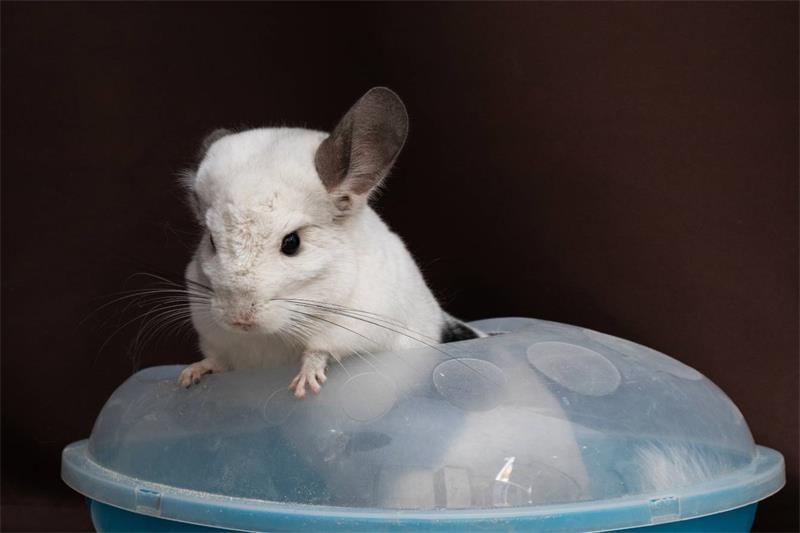
How to care for a chinchilla as a pet?
Once you have chosen a healthy chinchilla as a pet, you should provide it with proper care and attention to keep it happy and healthy. Here are some tips on how to care for a chinchilla as a pet:
- Provide a proper diet: As mentioned before, chinchillas need a high-fiber, low-fat, low-sugar diet to stay healthy. You should feed your chinchilla unlimited amounts of fresh hay, such as timothy, orchard grass, or alfalfa. You should also offer your chinchilla a small amount of good-quality chinchilla pellets daily. You should avoid giving your chinchilla fruits, vegetables, nuts, seeds, or other treats that are high in sugar or fat, as these can cause serious digestive upsets and health problems. You should also provide your chinchilla with fresh, clean water at all times in a water bottle or a heavy ceramic bowl.
- Provide a proper habitat: As mentioned before, chinchillas need a large, roomy cage with multiple levels, platforms, ramps, perches, hiding places, etc. The cage should be at least 4 feet by 4 feet by 3 feet in size, but the larger the better. The cage should also have a solid floor or a wire mesh floor covered with bedding such as wood shavings or paper pellets to prevent foot injuries. The cage should be placed in a quiet area away from direct sunlight, drafts, heat sources, humidity sources, etc. The temperature should be kept between 65°F and 80°F, as chinchillas can suffer from heat stroke or hypothermia. The humidity should be kept below 50%, as chinchillas can develop fungal infections or respiratory problems in damp conditions. The cage should also be cleaned regularly to prevent odors and diseases. You should remove any soiled bedding and replace it with fresh bedding every day. You should also wipe down the cage walls and bars with hot water and mild soap every week. You should also disinfect the cage with a diluted bleach solution once a month.
- Provide proper hygiene: As mentioned before, chinchillas need regular dust baths to keep their fur in good condition. Dust baths are containers filled with fine volcanic ash or commercial chinchilla dust that chinchillas roll around in to remove dirt and oil from their fur. Chinchillas enjoy having dust baths and it is fun to watch them do it. You should provide your chinchilla with a dust bath at least twice a week, but not more than four times a week. You should offer the dust bath for about 15 minutes each time and then remove it from the cage to prevent your chinchilla from using it as a litter box or eating it. You should also change the dust every few weeks or when it becomes dirty. You should never bathe your chinchilla in water, as this can damage their fur and cause skin problems. You should also trim your chinchilla’s nails regularly to prevent overgrowth or injury. You should also check your chinchilla’s ears, eyes, nose, mouth, teeth, anus, and genitals for any signs of infection or disease. You should also weigh your chinchilla regularly to monitor its health and body condition.
- Provide proper exercise: As mentioned before, chinchillas are active and playful animals that need mental and physical stimulation to prevent boredom and depression. You should provide your chinchilla with a variety of toys and rotate them regularly to keep them interested. You should also spend some time every day playing with your chinchilla outside its cage in a safe and secure area. You can use a playpen or a chinchilla-proofed room for this purpose. You should also provide your chinchilla with an exercise wheel or saucer in its cage, so it can run and exercise without supervision. You should avoid using exercise balls for chinchillas, as they can overheat easily and suffocate in these devices.
- Provide proper socialization: As mentioned before, chinchillas are social animals that need companionship and interaction to prevent loneliness and boredom. Chinchillas can be kept singly, but they will usually do better in same-sex pairs or groups, especially if they are littermates or introduced at a young age. However, chinchillas can also be territorial and aggressive towards each other, especially if they are not neutered or spayed. You should monitor your chinchillas for any signs of fighting or bullying and separate them if necessary. You should also provide each chinchilla with its own food bowl, water bottle, dust bath, hiding place, etc. to prevent competition and stress. Chinchillas also need human interaction and attention to bond with their owners and become tame. You should handle your chinchilla gently and consistently from a young age to gain its trust and affection. You should also spend some time every day playing with your chinchilla outside its cage in a safe and secure area.
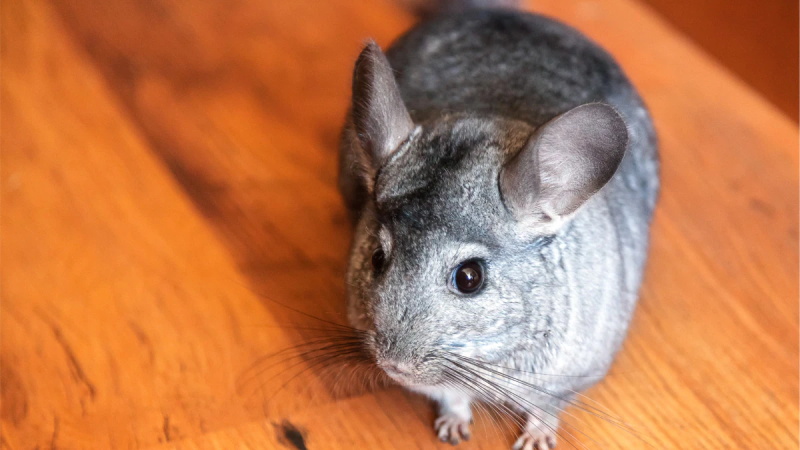
Conclusion
Chinchillas are cute, cuddly, clean, intelligent, playful, and quiet animals that can make wonderful pets for the right person. However, chinchillas are not the right pet for everyone. They have some specific housing, dietary, behavioral, and health needs that require a moderate amount of care and attention. They also need gentle and consistent handling from a young age to become tame and bond with their owners.
If you are interested in getting a chinchilla as a pet, you should do some research before deciding on one. You should learn about the unique characteristics of chinchillas, their pros and cons as pets, their health issues and risks, and their care requirements. You should also know what to look for when buying or adopting a chinchilla, such as signs of illness, stress, or temperament.
In this article, we have provided you with a comprehensive guide on how to choose a healthy chinchilla as a pet. We hope you have found it useful and informative. Remember that owning a chinchilla is a long-term commitment that requires responsibility and dedication. If you are ready to take on this challenge, you will be rewarded with a loyal and loving companion for many years to come.
